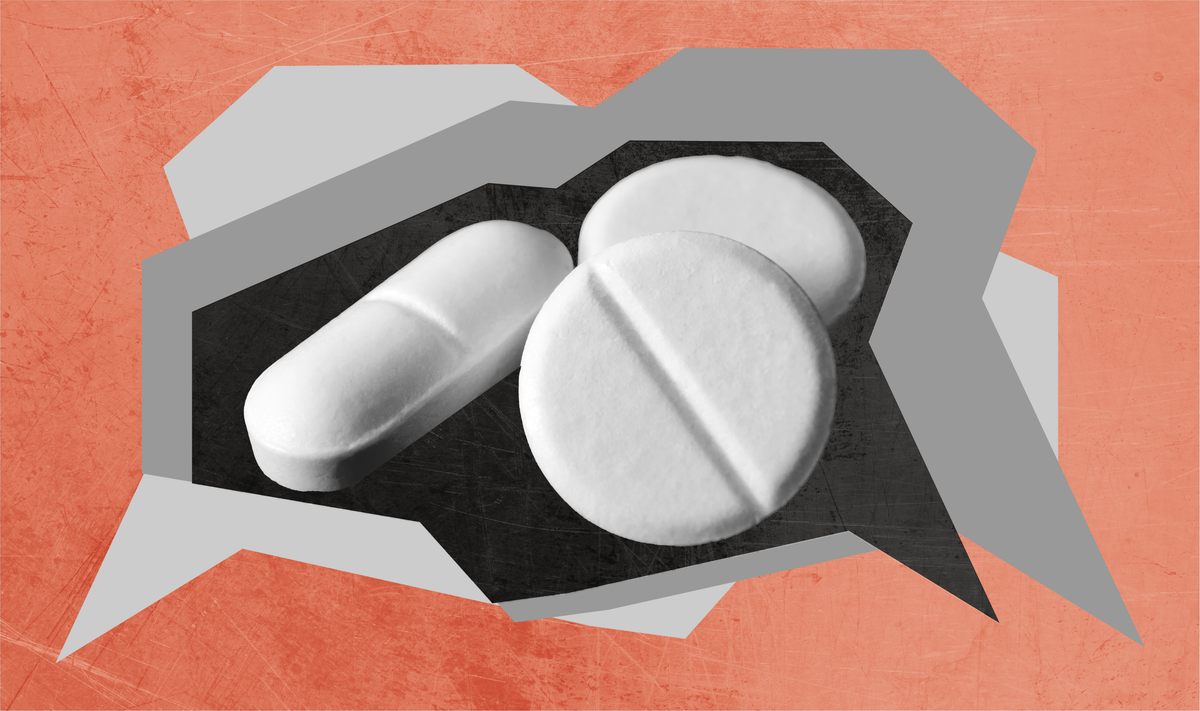Commenters applaud video explaining how fentanyl impacts the brain
Other conversations expressed concern about accessing prescription pain medication and alleged that harm reduction vending machines “enable” drug use.

Other conversations expressed concern about accessing prescription pain medication and alleged that harm reduction vending machines “enable” drug use.
In recent weeks, social media users applauded a YouTube video explaining the effects of fentanyl. Plus, a study about treatment for opioid use disorder generated discussion about prescription pain management, and a harm reduction vending machine in Baltimore sparked controversy.
In response, communicators may recirculate information about fentanyl, highlight the dangers of prescription opioids, and reiterate the benefits of harm reduction programs.

Insights brought to you by the reporters and science writers of Public Good News (PGN), a nonprofit newsroom dedicated to improving community health.
What’s trending nationally in conversations about substance use
An educational YouTube account recently shared an animated video titled, “Why does fentanyl feel so good?” In the video, a narrator explains that fentanyl is responsible for many overdoses in the U.S. and outlines what it feels like to take fentanyl, plus the science of how opioids affect the brain. The video received approximately 5.3 million views, 264,000 likes, and 17,000 comments as of June 4. Many commenters applauded the video, stating that it will deter people from using dangerous drugs. Others shared past experiences with OUD and called the video “extremely accurate.”
On May 21, UT Health San Antonio shared a Facebook post about a 2024 study, which found that patients who used a behavioral smartphone app along with medication for OUD reduced their opioid use and stayed in recovery longer than those who did not use the app. The post received approximately 678,000 views, 800 reactions, 30 shares, and 30 comments as of June 4. Many commenters downplayed the dangers of prescription opioids and suggested that it’s too difficult to access prescription opioids for pain management.
On May 21, the Facebook page for a Baltimore news outlet shared an article noting that the city will expand harm reduction services. The article highlighted a vending machine, which was installed last year, offering free harm reduction tools like naloxone, fentanyl test strips, and supplies for safer drug use. The article called the vending machine’s contents “drug paraphernalia.” The Facebook post received approximately 161,700 views, 1,200 reactions, 670 shares, and 1,200 comments as of June 4. Most commenters expressed outrage about harm reduction initiatives, suggesting that the vending machine will “enable” drug use. However, a few commenters shared support for the vending machine. One read, “It’s a safety measure. People are going to use [drugs] regardless. I don’t see anything wrong with helping it be done safely.”

Recommendations brought to you by the health communication experts behind Infodemiology.com.
Recommendations for public health professionals
Each week, the Infodemiology.com team will provide messaging recommendations in response to some of the trending narratives outlined above. These helpful tips can be used when creating content, updating web and FAQ pages, and developing strategy for messaging about opioids.
Conversations about fentanyl provide an opportunity to explain that this potent opioid is involved in most U.S. overdose deaths, as opioids can slow or stop breathing. People who use drugs are at risk of fentanyl overdose because fentanyl is often unknowingly mixed with other drugs. Additional messaging may note that fentanyl test strips help people determine whether their drugs contain fentanyl so they can make educated decisions about drug use. However, the only way to know for sure if a drug contains fentanyl is to test the entire batch, and test strips are not legal everywhere. Messaging may also explain that naloxone—often sold under the brand name Narcan—can reverse an overdose on fentanyl and other opioids. Highlighting the signs of an opioid overdose is recommended.
In response to discussions about prescription opioids, messaging may explain that anyone can develop OUD, even if they are prescribed opioids to manage pain. Some people may face higher risk of developing OUD and overdosing, including people who have a history of substance use disorder or use other substances in addition to opioids and people with certain health conditions, like sleep apnea. People who need prescription pain management should talk to their health care provider about their medical history and other medications they take to determine the safest options for them. Communicators may also want to outline the signs of OUD and tips for talking to health care providers about pain.
Resistance to harm reduction programs, including vending machines offering free resources, is persistent. Communicators may explain that harm reduction programs help people who use drugs live healthier lives and seek treatment when they are ready. Tools like naloxone and fentanyl test strips prevent overdose deaths, and supplies for safer drug use can reduce the spread of infectious diseases like HIV and hepatitis C. Messaging may note that providing naloxone does not increase drug use and that experts have consistently attributed declining overdose deaths to the availability of this lifesaving medication. Directing people to local harm reduction programs, including any vending machines, is recommended.
